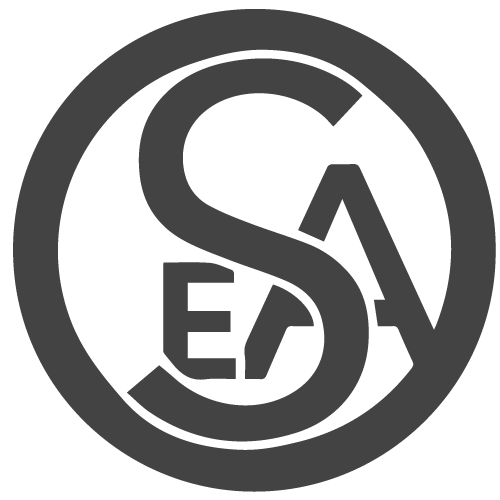Product Designer, UX
A lot of my time at Talent Inc was spent working on researching the user flow and designing A/B tests that would help increase conversion rate and customer retention for the career products e-commerce site, but I also spent my time conducting interviews with clients and agents to better understand the user experience and its pitfalls. Here are examples of the work I did on internal tools:
Writer’s Dashboard
Background
This project was brought to me by the head of product who was working to find a solution to an issue brought to us by our resume writers. Many of them had too many jobs to keep track of and had to find their own way of organizing and keeping track of their orders. One of our writers even sent us a picture of their own solution (seen below). After conducting interviews with several writers on their own solutions. A list of features and pain points and designs were made:
1) Too many orders to keep track of
2) Knowing what items are left in each order
3) Knowing when each item is due.
4) Motivation for doing more work can be difficult
Design
In this dashboard design we included many features to help the writers absorb their work at a glance and make it easier to move forward with their work.
List all orders, and allow user to order them by recency or due date.
List and color code all order items to indicate delivery time.
Include base pay as a motivational factor.
Include a “To Do” button to quickly take writers to the next step of completing each order.
Three main concepts for this task management page were drawn up in low fidelity and validated with clients.
List
Cards
“Trello Board style”
Clients reacted most positively to the cards concept, with the list concept in second. As I continued to refine the top two ideas I ran into issues with scaling the amount of information we could fit with the card concept. Ultimately I had to continue with the list concept to fit the most information on the page.
Testing and Iteration
While testing these designs, we gathered that writers found the program extremely helpful, but there were still more problems that could be solved by this dashboard beyond just organization. These were:
1) Getting detailed information on each order in an integrated way with this dashboard
2) Making communication easier with users, and making that system integrated
Chat Tool Expansion Research - User FLow
Background
This project was brought to me by the head of product who was looking to bring our existing chat function to pages earlier in the user funnel. The goal of this addition was to increase sales, as our internal agents had a much higher conversion rate than any email or website. The main pain-points of this expansion would be internal, as we didn’t know how much our current agents could handle, and how it would effect the flow of customers through our CX flow. While I had limited time and resources to gather information, whatever I found would help understand the risks of expanding this feature.
Method
I opted to conduct Semi-Structured Interviews with Agents and shadowed them throughout the chat process. Both of these were chosen because they were the fastest way to get easily absorbable information from the resources nearby.
Interviews were recorded via note taking and audio recording as a backup. The agents were asked questions about their own experience with chats and how they move and catagorize users through the system. As with any study, there were unexpected issues with organizing agent schedules, and limited numbers of relevant chats to shadow, but the information collected was useful.
Presentation & Next Steps
The main presentation of the insights I collected was this flow chart that highlighted the areas of concern in purple and documented the user flow for reference later. Along side this presentation there were multiple solutions presented on what to do with the risk areas (such as mitigating high volume by only showing the chat feature to customers that visited their resume critique multiple times). These solutions were written and linked in a shared document (Confluence) for planning and reference purposes.
A testing plan was decided on between me and the head of product to see the feasibility of my solutions with the team of agents we had in house. This test would add this selection of customers during ideal times, and increase the workload day by day. The second test would be checking for the improvement on the conversion rate. this would be a simple A/B test with a small segment of users across all times (with the percentage of users decided on by the first test). This test would dictate the ROI of expanding the feature and the agent team if necessary.










